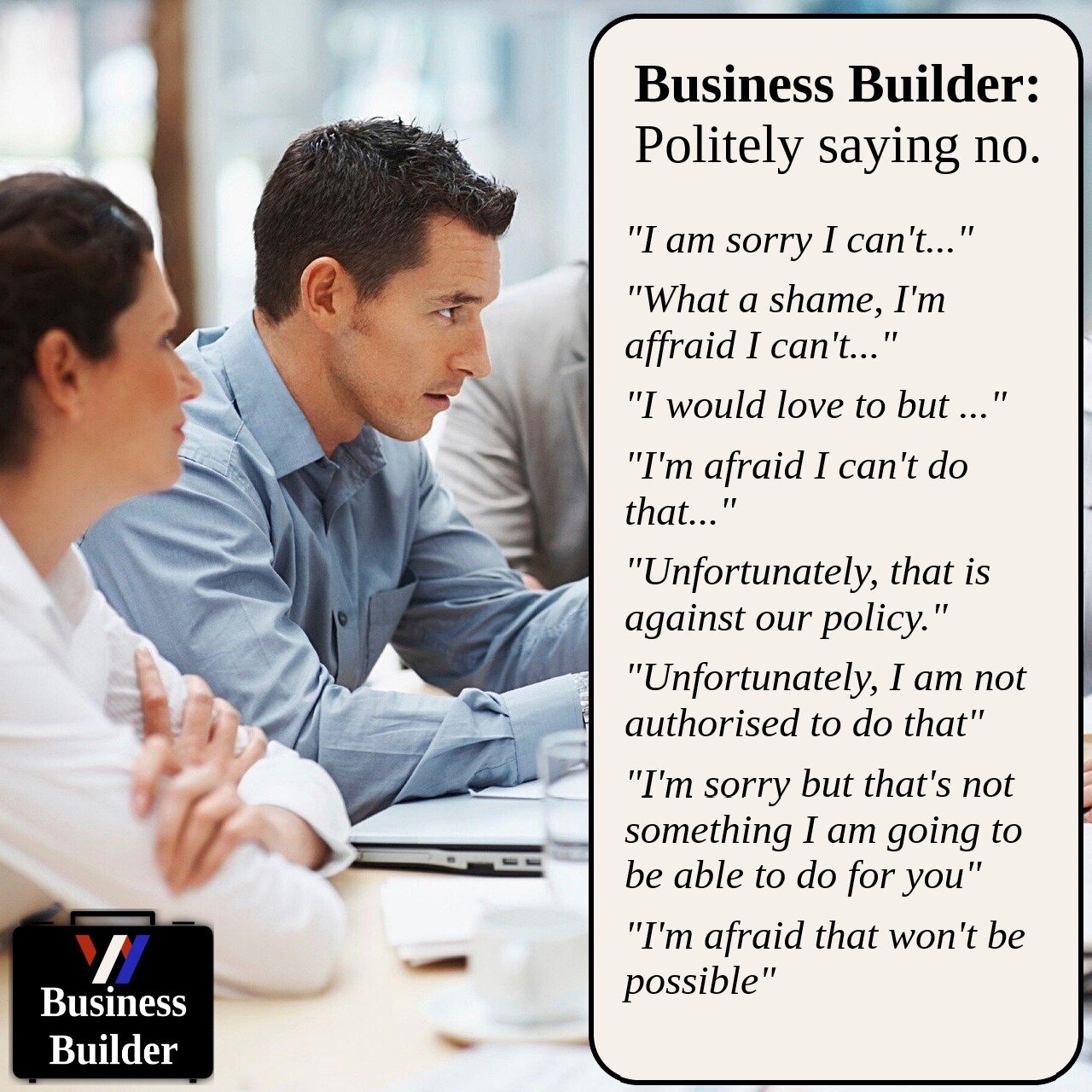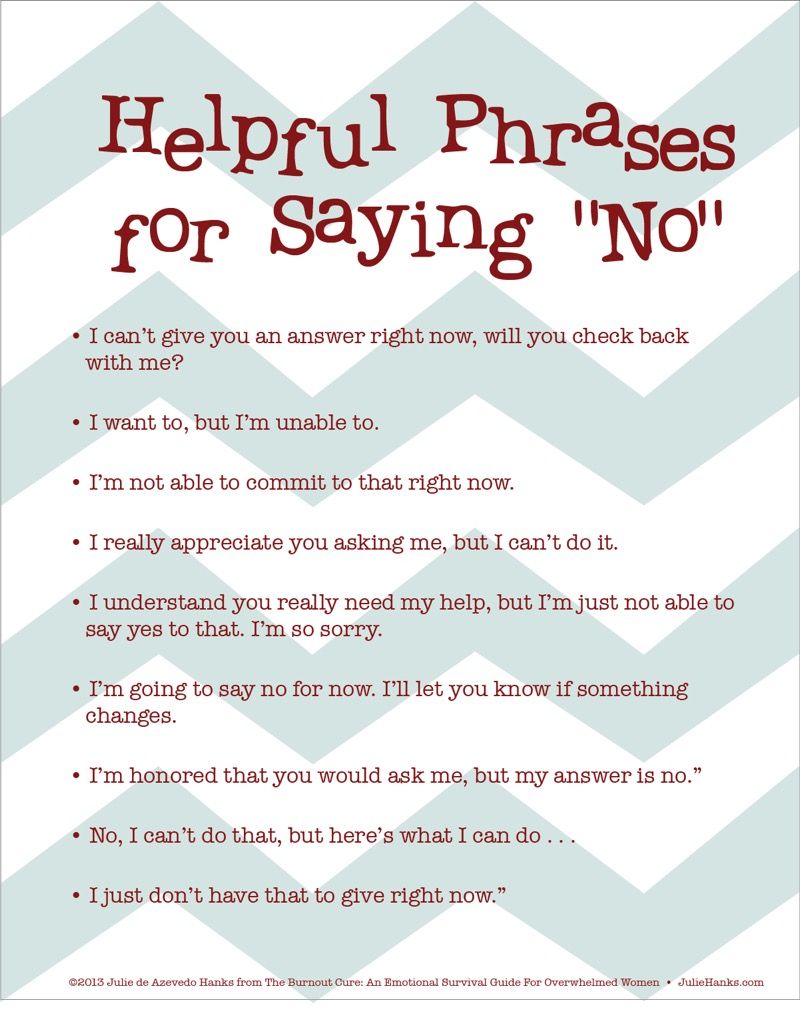How To Say No Gracefully In Business

In today's relentless business environment, mastering the art of saying "no" is critical for survival and sustained success. Learn actionable strategies to decline requests without damaging relationships, maintaining your integrity and protecting your precious time.
Saying "no" effectively isn't about being difficult; it's about strategic resource management. It's crucial for avoiding burnout and focusing on priorities that drive growth and profitability, ultimately bolstering your reputation as a professional.
Why Saying "No" Matters
Overcommitment leads to decreased productivity and compromised quality, negatively affecting both your performance and the company's bottom line. A Harvard Business Review article emphasizes the importance of setting boundaries to maintain a healthy work-life balance and avoid burnout.
Saying "yes" to everything can erode your credibility. Declining requests gracefully demonstrates self-awareness and respect for your own limitations and the other party's time.
Strategies for Graceful Decline
1. The Empathetic Response
Begin by acknowledging the request and expressing understanding. Acknowledge the value of what they are requesting. Use phrases like, "I appreciate you thinking of me," or, "This sounds like a great opportunity."
Empathy softens the blow and demonstrates that you considered their needs before declining. Show genuine understanding and that you are not rejecting the person, but simply the task.
2. The Clear and Concise "No"
Avoid ambiguity and deliver your "no" directly. Beating around the bush can create false hope and prolong the conversation unnecessarily.
State your decision simply and firmly. "Unfortunately, I won't be able to take on this project at this time" is an effective and respectful approach.
3. The Reasoned Explanation
Provide a brief explanation, but avoid over-justifying your decision. Over-explaining can sound defensive or insincere.
A simple statement like, "My current workload is at capacity," or, "This falls outside my area of expertise," is sufficient. Prioritize clarity and brevity in your response.
4. The Alternative Solution
Offer an alternative solution or suggest someone else who might be able to assist. Show that you are committed to helping them find a solution, even if it's not you.
Suggesting a colleague or providing resources demonstrates your willingness to collaborate and support their goals. This can transform a rejection into a helpful interaction.
5. The Time-Bound Response
If appropriate, indicate when you might be available in the future. This can maintain the relationship and leave the door open for future collaboration.
Say something like, "I’d be happy to reconsider this in [Month/Quarter]." This shows that you’re not entirely closed off, but you have current limitations.
Real-World Examples
Scenario: A colleague asks you to join a committee, but you are already overwhelmed.
Response: "I appreciate you thinking of me, Sarah, and I know this committee is important. Unfortunately, my current workload is at capacity, and I wouldn't be able to dedicate the necessary time. However, I can suggest John, who has relevant experience in this area."
Scenario: A client requests a deliverable outside the scope of your agreed-upon contract.
Response: "I understand you need this additional feature, and we value your business. However, it's outside the scope of our current agreement. We can explore a separate contract for this work, or I can recommend a vendor who specializes in this type of service."
Key Takeaways
Effective communication is paramount. Ensure your tone is respectful and your message is clear.
Prioritize your commitments. Focus on tasks that align with your goals and contribute to your overall success.
Protect your time. Saying "no" strategically allows you to focus on what truly matters, increasing your productivity and effectiveness.
Next Steps
Practice these techniques in low-stakes situations to build confidence. Seek feedback from trusted colleagues on your communication style.
Regularly review your priorities and boundaries to ensure you are not overextending yourself. Ongoing self-assessment is crucial for long-term success.


















